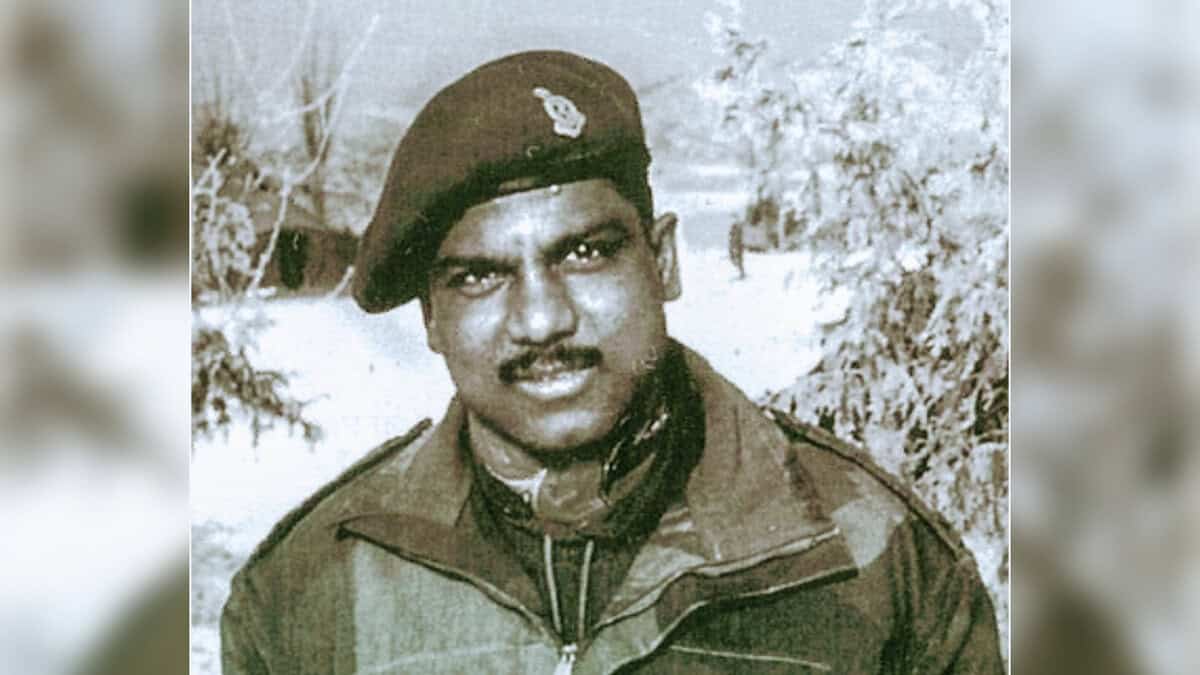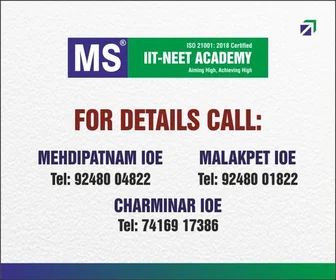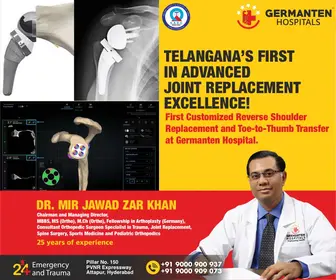
The popular image of a Great War hero is that of an army man brandishing an AK-47 rifle and facing the enemy with ferocious determination. We have seen countless films and read stories about valiant men and officers of the Indian Army who have served the nation with honour and even made the supreme sacrifice to keep our borders safe.
But the concept of a calm and composed life-saving physician with a stethoscope is difficult to visualise as a heroic figure amid a battle. No wonder then that many inspiring feats of courage under fire by brave officers and men from the Indian Army’s medical corps remain largely unheralded and unreported.
One such person was Colonel Arcot G. Rangaraj, better known as A.G. Rangaraj, who served in the 60th Para Field Ambulance unit that was raised in Secunderabad after the start of the Second World War. he was a highly dedicated army doctor whose mission was to save lives. While still serving in the military, Rangaraj studied for and received his PhD in Public Health from the Osmania University in 1961.
Second-highest gallantry award
For his unflinching courage and dedication to duty at great risk to his own life, he was awarded the Mahavir Chakra, which is the second-highest military award for gallantry after the Paramvir Chakra. He was also honoured with the 3rd Rank South Korean Order of Military Merit by the government of South Korea for his services during the Korean War.
In June 1950, after the outbreak of the Korean War, India supported the United Nations Security Council’s resolution, which named North Korea as the aggressor in the conflict. On 7 July, Trygve Lie, the then Secretary General of the UN, requested member nations to send peacekeeping troops to assist South Korea against North Korea.
On 31 July, the Indian parliament agreed to send a medical unit to support UN Operations in Korea. This led to the deployment of the 60th Parachute Field Ambulance unit, led by Lieutenant Colonel Rangaraj, to support the United Nations forces.
The unit consisted of 346 men, including four combat surgeons, two anesthesiologists and a dentist, commanded by A.G. Rangaraj, who was then a Lieutenant Colonel.
Illustrious combat record
A report in The Hindu states: The unit and its commander had an illustrious combat record by then. Raised in Secunderabad in August 1942, the 60 Para Ambulance unit had seen action in Burma during the Second World War as part of the 2nd Indian Airborne Division.
Its Commanding Officer, Lt. Col. Rangaraj, who was a lieutenant in 1942, had the distinction of being the first Indian army doctor to make a parachute jump, accompanied by Havildar Major Mathura Singh. He was then the Regimental Medical Officer of the 152nd Indian Para Battalion. This battalion, along with the 153rd Gurkha Para Battalion, had formed the first-ever Indian airborne formation, namely the 50th Indian Parachute Brigade.
Baptism by fire
Lieutenant Rangaraj had his baptism by fire with the parachute brigade during the Frontier Wars in the North-West of India and later saw extensive action with it in the Imphal Plains against the Japanese army in 1944. After this, he was promoted and took over command of the 60th Para Field Ambulance.
After retiring from the army, he had a successful medical career with agencies such as the United Nations International Children’s Emergency Fund (UNICEF), the World Health Organisation (WHO), and the United Nations High Commissioner for Refugees (UNHCR).
In 1969, he was appointed as the senior WHO adviser on smallpox eradication in Afghanistan and played a major role in eradicating smallpox in the conflict zone alongside Dr. Abdul Mohammad Darmanger, the director of the Afghan smallpox eradication programme. The duo was credited with organizing Afghanistan’s first successful public health campaign.
Rangaraj passed away on March 23, 2009, but many still remember him with great respect and love because he was an army officer who dedicated himself to saving lives.



